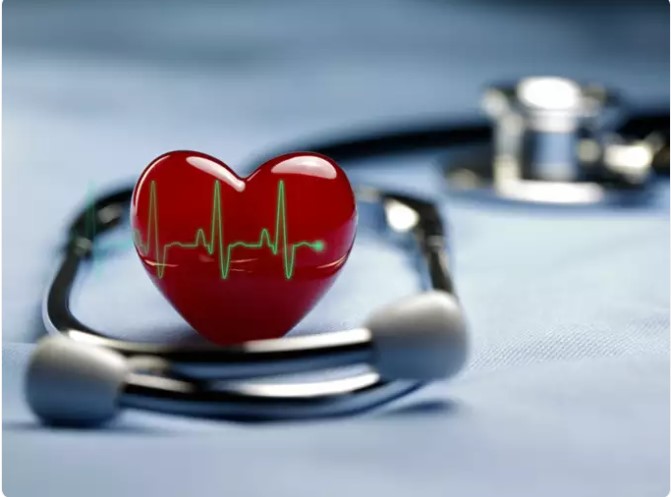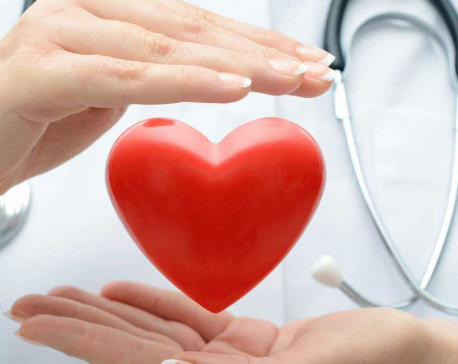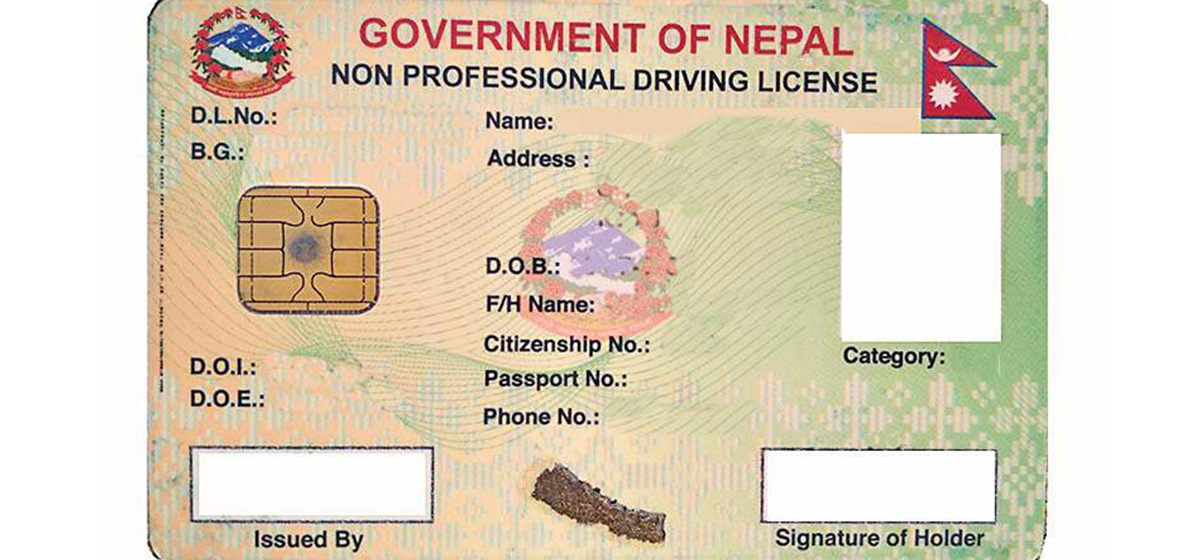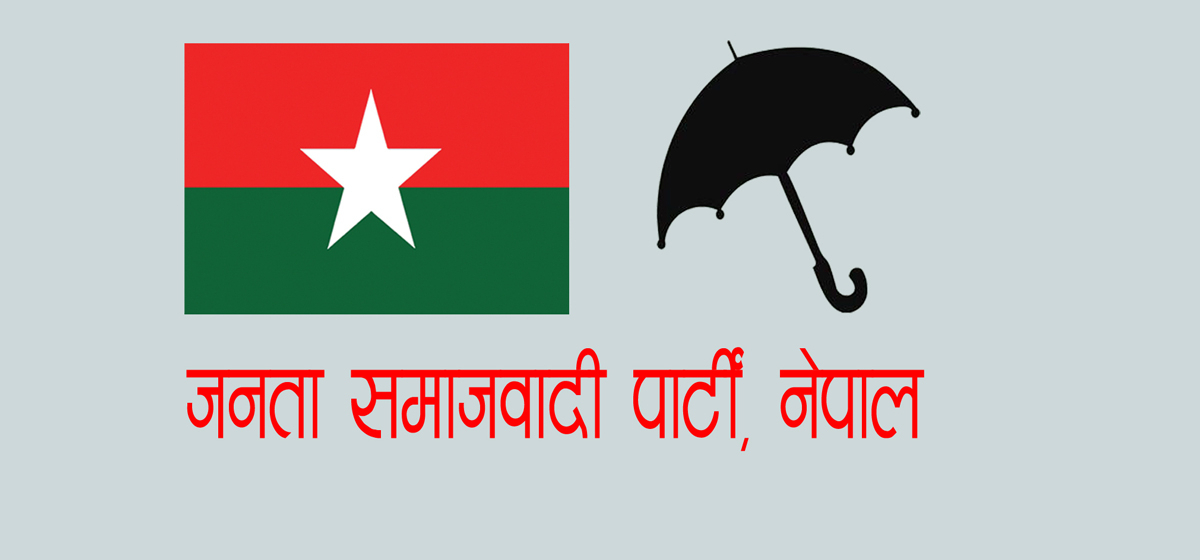
OR
#World Heart Day Special
Heartifacts: The wonders of your rhythmic maestro!
Published On: September 29, 2023 04:59 PM NPT By: Sara Pahari

KATHMANDU, Sept 29: You know that the human heart has four chambers: two atria and two ventricles. Atria receive blood, while ventricles pump it. This four-chambered design ensures efficient blood circulation, essential for life.
Video :
But, do you know these four fascinating facts about the human heart?
Heartbeat Sync-Up: "Heartbeat Sync-Up" refers to a phenomenon that can occur when people spend a lot of time together or form close emotional bonds. It's a metaphorical way of describing the way two individuals' heartbeats can seem to align or synchronize due to their emotional connection. It's like a rhythmic dance of empathy and emotional connection! While this isn't a literal or scientific concept, it captures the idea that strong emotional connections can have a profound impact on our physiological and emotional well-being.
Your heart is not red: Picture your heart, contrary to the bright red heart depicted by a Valentine’s Day card, the heart is darker and browner and wears a more subtle, earthy tone. In fact, the color of a human heart is similar to the color of a well-cooked steak. This hue is due to the presence of myoglobin, a protein in muscle tissue, as well as the iron in our blood. So, the bright red illustration you see is a symbolic representation often used in art. In reality, the color of a human heart is more subdued.
Heart-Brain Connection: The heart doesn't just take orders from the brain, it sends a lot of information back! It has a say in perception, cognition, and emotions too. The heart-brain connection is a fascinating aspect of human physiology and psychology. It challenges the traditional view that the brain is the sole controller of bodily functions and emotions. The heart and the brain are in constant communication through a complex network of nerves, hormones, and electrical signals. While the brain does send signals that regulate the heartbeat, the heart also sends a significant amount of information back to the brain. This two-way communication system is known as the "heart-brain axis.”
Heart's Unique Sound: Doctors can listen to the heart's sounds using a stethoscope. The "lub-dub" sound is created by the closing of the heart valves and is a vital part of diagnosing heart conditions. The "lub-dub" sound is primarily generated by the opening and closing of the heart valves. The first sound, "lub," corresponds to the closure of the atrioventricular (AV) valves - the mitral and tricuspid valves. This occurs at the onset of systole when the ventricles contract and the pressure within them rises, causing the AV valves to shut tightly. This prevents the backflow of blood into the atria.
All the facts provided are scientifically accurate and widely accepted within the medical and scientific community but should not be used as a replacement for professional medical advice or treatment.
In conclusion, it is imperative that we prioritize our heart health and be vigilant in recognizing potential issues early on for cardiovascular well-being. Regular exercise, a balanced diet, and maintaining a healthy lifestyle are crucial steps in preventing heart diseases. Additionally, scheduling regular check-ups with healthcare professionals and being aware of risk factors such as family history, smoking, and high blood pressure can significantly reduce the likelihood of developing heart-related problems.
Remember, our hearts are the engines that keep us going, and by taking proactive measures, we can ensure they continue to beat strong and steady for years to come. Your heart deserves the best care possible.
You May Like This

‘Awareness among people on heart diseases has improved in Nepal’
September 29 is observed as World Heart Day. Established by the World Heart Federation in 2022, World Heart Day is... Read More...

‘Govt preparing to provide free treatment for heart diseases’
KATHMANDU, Sept 29: Minister of State for Health and Population, Umesh Shrestha has said that the government is working to... Read More...

For a healthy heart: Foods to eat and those to avoid
Heart disease accounts for nearly one-third of all deaths worldwide. Diet plays a major role in heart health and can impact... Read More...







Just In
- West Indies 'A' sets Nepal a target of 205 runs
- Parliamentary committee directs govt to provide electricity tariff subsidies to cold storage facilities
- Former DoTM employee Bhatta arrested in connection with illegal license issuance case
- One killed in a fire incident in Dadeldhura
- JSP Central Executive Committee meeting being held today to discuss national convention representative election guidelines
- KMC adjust office hours, services now start at 9AM
- Five-match T20 series: first match between West Indies 'A' and Nepal starts today
- Govt yet to pay Rs 60 billion to contractors











Leave A Comment